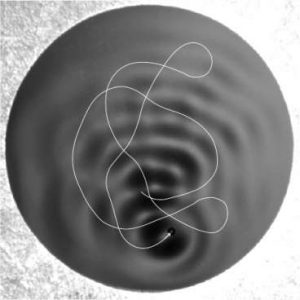The Birkeland Puppies
Mitosis – Dynamic Threads
Hover Brothers – Physics Singularity
Charles Fleischer – Can Sequentially Linked Gamma Ray Bursts Nullify Randomness?
Cavitation – Sonoluminescence – Implosion Technology – Sacred Sciences
https://youtu.be/V8iEmTqMqUg
![]()
https://youtu.be/RuQKBM9YVAA
![]()
https://youtu.be/Z8HO5DGZcM0
![]()
https://youtu.be/l9FflLlXn0M









